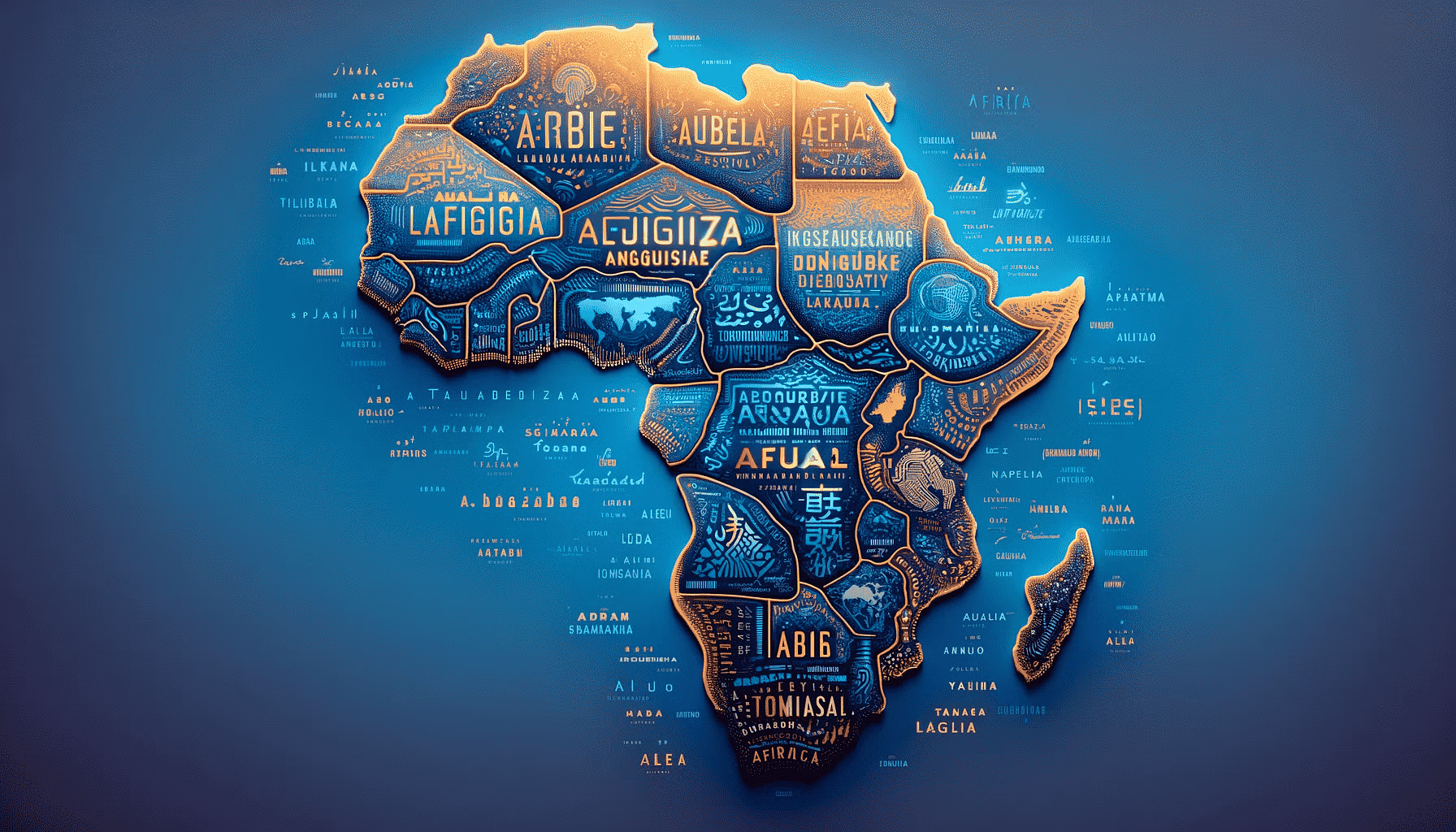Africa is a continent of immense linguistic diversity, home to an estimated 2,000 languages. These languages are not just tools of communication but are also carriers of culture, history, and identity. In this blog, we explore the fascinating world of African languages, their classification, unique features, and the challenges they face.

Language Families
African languages are classified into several major families, each with its own unique characteristics and historical significance. The primary language families in Africa include Afroasiatic, Nilo-Saharan, Niger-Congo, and Khoisan.
Afroasiatic Languages
The Afroasiatic family includes languages spoken in North Africa, the Horn of Africa, and parts of the Sahel. Notable languages in this family are Arabic, Amharic, Somali, and Hausa. These languages often exhibit features such as root-based morphology and complex consonant systems.
Nilo-Saharan Languages
The Nilo-Saharan family is a less well-defined group of languages spoken across central and eastern Africa. This family includes languages such as Kanuri, Luo, and Maasai. Nilo-Saharan languages are known for their diverse phonetic inventories and tonal systems.
Niger-Congo Languages
The Niger-Congo family is the largest and most widespread language family in Africa, encompassing languages spoken from West Africa to South Africa. Prominent languages in this family include Swahili, Yoruba, Igbo, and Zulu. These languages often feature noun class systems and extensive use of prefixes and suffixes.
Khoisan Languages
The Khoisan family includes languages spoken by indigenous communities in southern Africa. These languages are famous for their click consonants, which are rare in other language families. Khoisan languages, such as !Kung and Hadza, are crucial to understanding the prehistory of human language.
Unique Linguistic Features
African languages exhibit a wide range of unique linguistic features that make them fascinating subjects of study for linguists.
Click Consonants
One of the most distinctive features found in some African languages, particularly Khoisan languages, is the use of click consonants. These sounds are produced by creating suction in the mouth and are found in few languages outside Africa.
Tonal Systems
Many African languages use tone to distinguish meaning. In these languages, the pitch or intonation with which a word is spoken can change its meaning entirely. This is a common feature in Niger-Congo and Nilo-Saharan languages.
Noun Class Systems
Noun class systems classify nouns into various categories based on certain characteristics, such as shape, size, or animacy. This system is prominent in many Niger-Congo languages and influences agreement patterns in verbs and adjectives.
Challenges and Preservation
Despite their richness, African languages face several challenges, including language endangerment, lack of standardization, and the dominance of colonial languages like English and French.
Language Endangerment
Many African languages are at risk of disappearing as younger generations shift to more dominant languages. Efforts are being made to document and revitalize endangered languages through community initiatives and academic research.
Standardization
The lack of standard written forms for many African languages poses challenges for literacy and education. Standardization efforts are crucial for promoting the use of indigenous languages in formal settings.
Colonial Language Influence
The legacy of colonialism has led to the widespread use of European languages as official languages in many African countries. Balancing the use of indigenous languages with these colonial languages is a complex issue that affects education, governance, and cultural identity.
Conclusion
African languages are a testament to the continent's rich cultural heritage and linguistic diversity. Understanding and preserving these languages is not only crucial for the communities that speak them but also for the global linguistic community. As we continue to explore and document African languages, we gain deeper insights into the human capacity for language and the diverse ways in which we communicate.

